Maria D’Agostino is a Community Forester and Consulting Arborist. After many years of learning and sharing urban forest practices in the San Francisco Bay Area, she moved to Alaska when the Municipality of Anchorage hired her to be their Municipal Forester. Later, she started her own consulting practice to help Alaskans understand the value and benefits of our urban trees and forests, and the importance of protecting and caring for our common good resources. This interview has been lightly edited. – Ellyn Shea
Alaska is more known for its wild forests than its urban ones. How does this wild heritage inform how urban trees are managed in Alaska?
Rather than informing how urban trees are managed in Alaska, I think wild forests have distracted or prevented communities from making any serious investments in urban forestry programs. Based on several studies I’ve read, cities in the Lower 48 currently have 20-25% canopy cover and are setting canopy goals of 30-35%. According to the Trust for Public Land, high-density cities have a median of 7 acres of parkland per 1000 residents, while low-density cities have more than twice as much.
In Anchorage, the only true urban city in Alaska, we have about 45% canopy cover, and over 700,000 acres of natural space within the city limits, an average of 2400 acres per 1000 residents – mind-blowing! However, less than 2% of our public land is managed by the Anchorage Parks and Recreation Department. While we do not have wide tree lined boulevards, we do have an amazing trail and park system, and it is easy to forget that we need to care for our public trees. With so much wilderness, we take them for granted.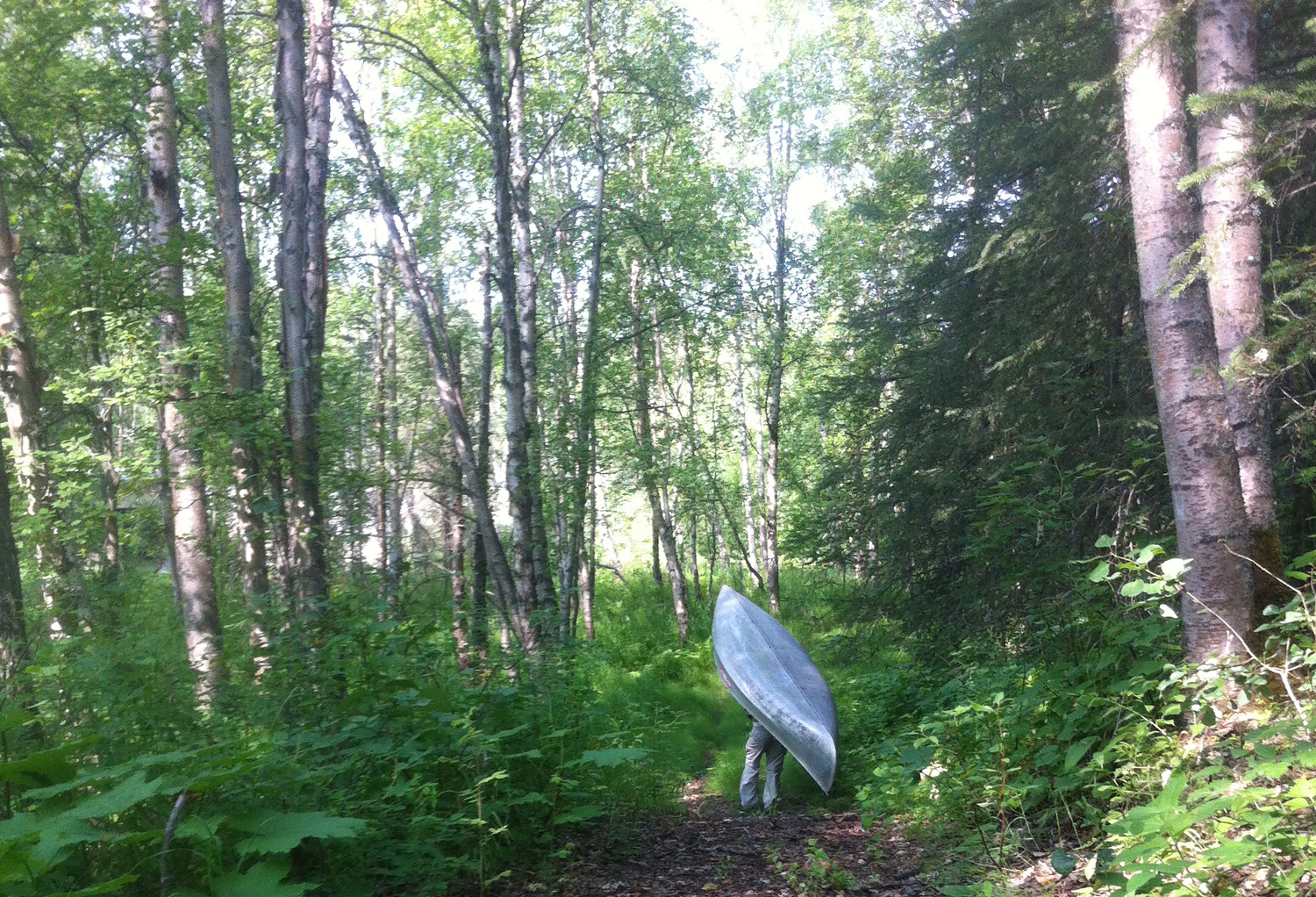
How is climate change affecting Alaska’s wild and urban trees?
Wow! That is a BIG question. The major impacts are rising temperatures, ice melting, loss of permafrost, changing precipitation patterns and increased occurrence and severity of storms. These disruptions affect bud break, trees’ susceptibility to pests and diseases or late frosts, timing of pollen release in relation to pollinator emergence and fruit set, forest composition, migration of species – so many variables that rely on climate events and cues to set processes in motion or keep them in check. Foresters monitor, and have been monitoring a number of these variables for a long time. They are able to make recommendations based on data. We have not seriously studied the impacts on our urban forests.
My first year here had the longest snow season on record; it started September 29, 2012 and ended May 18, 2013. The following year, 2014, was the first year on record that the temperature did not drop below zero degrees Fahrenheit. Last year was the second worst wildfire season on record. Vacationing friends left Fairbanks earlier than planned because the air quality was so bad. In my short three years here I have witnessed increased birch leaf-roller infestations with warm spring temperatures. Other impacts I have not seen, only read about (drunken trees, for example!).
From an online search, there are about 18 ISA Certified Arborists (two of which are also ASCA consultants) in the state of Alaska. Is this enough to meet the needs of the population or does the state need more qualified arborists?
Well, the online numbers hide the Certified Arborists choosing to keep their names private. When I look in my print directory, I find 37 ISA members, and I am pretty sure most of them are also Certified Arborists. But the majority of Alaska’s members are employed by state or local government and utilities and are not for hire. For a number of others, arboriculture is not their main profession, or they are retired. No city has dedicated urban forestry staff, just park department employees who are certified, and who do tree work as part of their suite of responsibilities.
When I moved to Anchorage to work for the Municipality, I was the second, and to date, the last municipal forester in the state. The majority of our staff who could work on trees came to the Parks and Recreation Department with high-end landscape maintenance backgrounds, not ‘public tree’ care experience. It is a huge difference, and training was key.
Most of the tree care companies in Alaska have only one Certified Arborist on staff, if that. We definitely need more trained arborists, especially to provide care for our public trees.
What is the importance of the wildland-urban interface for Alaskan cities and what are the challenges in managing this interface?
Our cities are very wild. We frequently see bears and moose in town and on the trails, even in our most densely populated neighborhoods. We live and play in the wilderness, and although we create boundaries, plants and animals do not recognize lines drawn on the map. We are inviting people to park under trees in our parking lots, to picnic under trees in our parks, and to roam and play under trees on our trails. Land managers are responsible to the public, to ensure these places, the edges and interfaces, are safe. We cannot control wild animals, but we can be good stewards, good managers of the trees.
As I previously mentioned, the biggest challenge is a lack of awareness. People do not understand that we need to create inventories, plant, maintain, and protect trees, and we need dedicated resources of time and money and trained staff to perform the work.
Another challenge is we lack laws, policies, and regulations regarding trees and development. As our cities grow and we push the boundaries, the interface suffers. We clear and grub, remove trees and the associated landscape, and replace it with impermeable surfaces. There is not an appreciation for the many services that trees and forests provide.
How are you working with the next generation of Alaskans to instill awareness and appreciation for trees and forests?
I have done some really interesting projects and presentations for and with youth. I like to focus on the art AND science of urban forestry. I combined birch bark basket making with a lesson about the importance of sustainably harvesting materials, or choreographed a group interpretive dance, simple movements and sounds to recreate how trees uptake water and minerals from the soil. The forests in Alaska are so diverse, from giant cedars in Southeast Alaska to tiny willows on the tundra in the North Slope. The youth are often surprised by the commonalities and differences.
The best projects come out of partnerships, the keystone of urban forestry. For example, I partnered with the King Career Center, working with students enrolled in the Natural Resource Management track at their high school. My work with the youth focused on the importance of collecting data, and how we could use real data, from our forests, to make informed management decisions. Students also received training in chainsaw use and safety as part of their coursework. Mike Woods, the instructor, was wonderful to work with. He bused the students to the site, did a pre-work safety meeting, discussed their work plan with them, and got to work! While some students bucked up trees that failed during a major windstorm in 2012, others took measurements on the downed trees. I explained how the International Tree Failure Database got its start, and told them I would add their data to the project.
Similarly, I worked with the Youth Employment in Parks Program (YEP), a collaboration between the Anchorage Parks Foundation and the Municipality. C. Allen Truitt managed the program that summer and invited me to talk to the participants about the Wildland Urban Interface. The project that week was to rebuild a bridge (doing heavy labor!). I met them on site, and as with the King Career Center group, we took measurements for the International Tree Failure Database, and talked about the differences between urban and wild, and how important it is to watch and manage the interface. They were excited to learn about and use the compass on their smart phones. “Wow, you can use your phone as a tool for science!†Technology can be a good hook.
Ultimately, engaging ALL kinds of folks is key. Whether I am sparking curiosity and delight in the wildland urban interface and the power of observation and data in youth, calculating the value of an individual property owner’s trees, writing technical reports, showing engineers which trees are worth preserving on a road reconstruction project, my goal is to start those conversations, increasingly raise awareness, and build community. Connecting people + place + trees is what Community Forestry 101 is all about.
Top image by Luke Jones (CC BY 2.0), all other photos by Maria D’Agostino except where noted. Interviewer Ellyn Shea is an arborist and consultant in San Francisco.

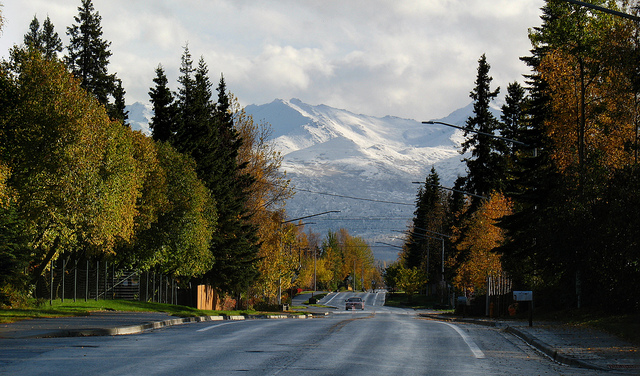
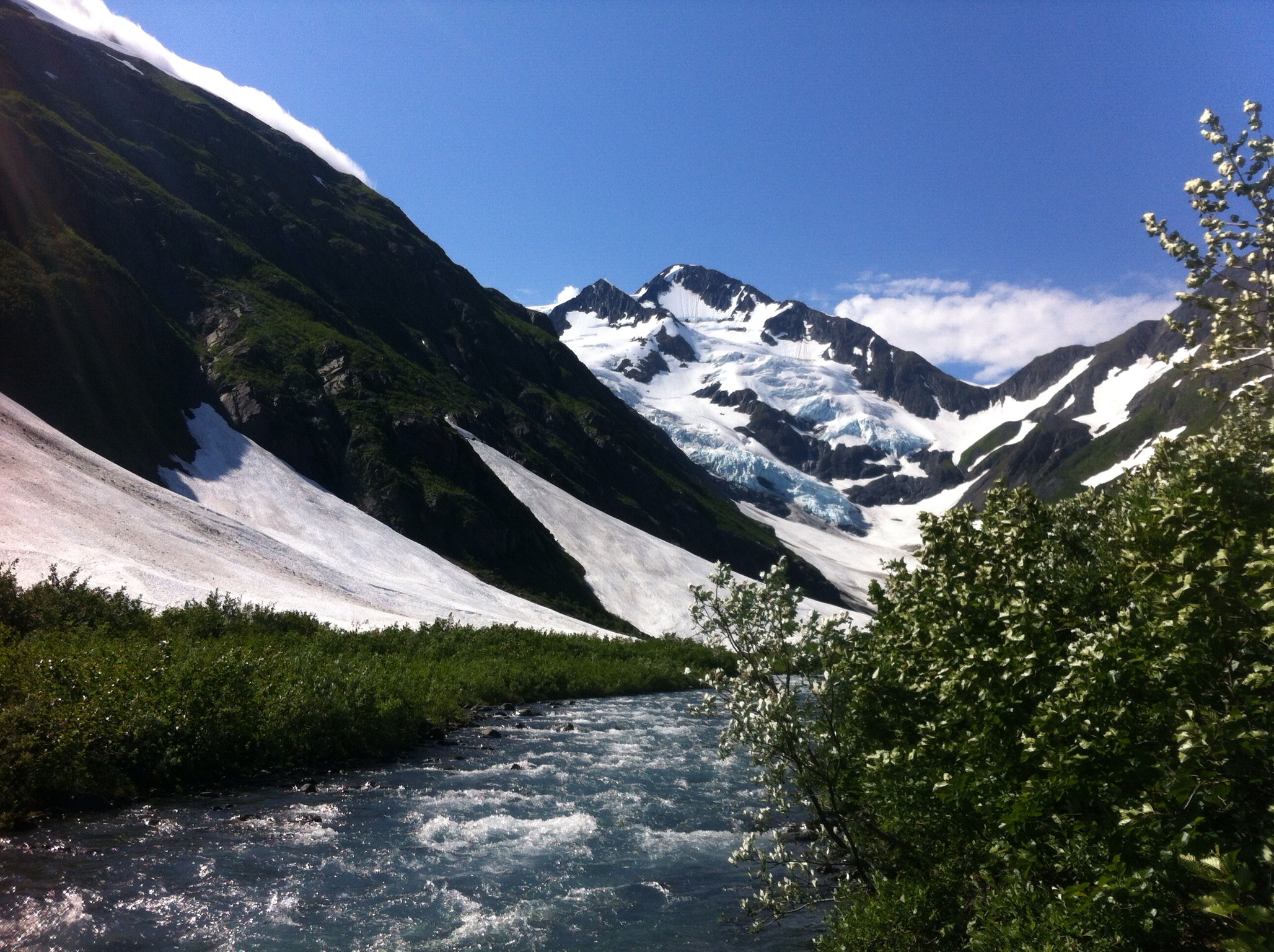
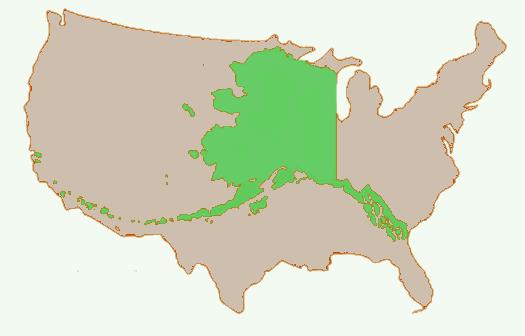
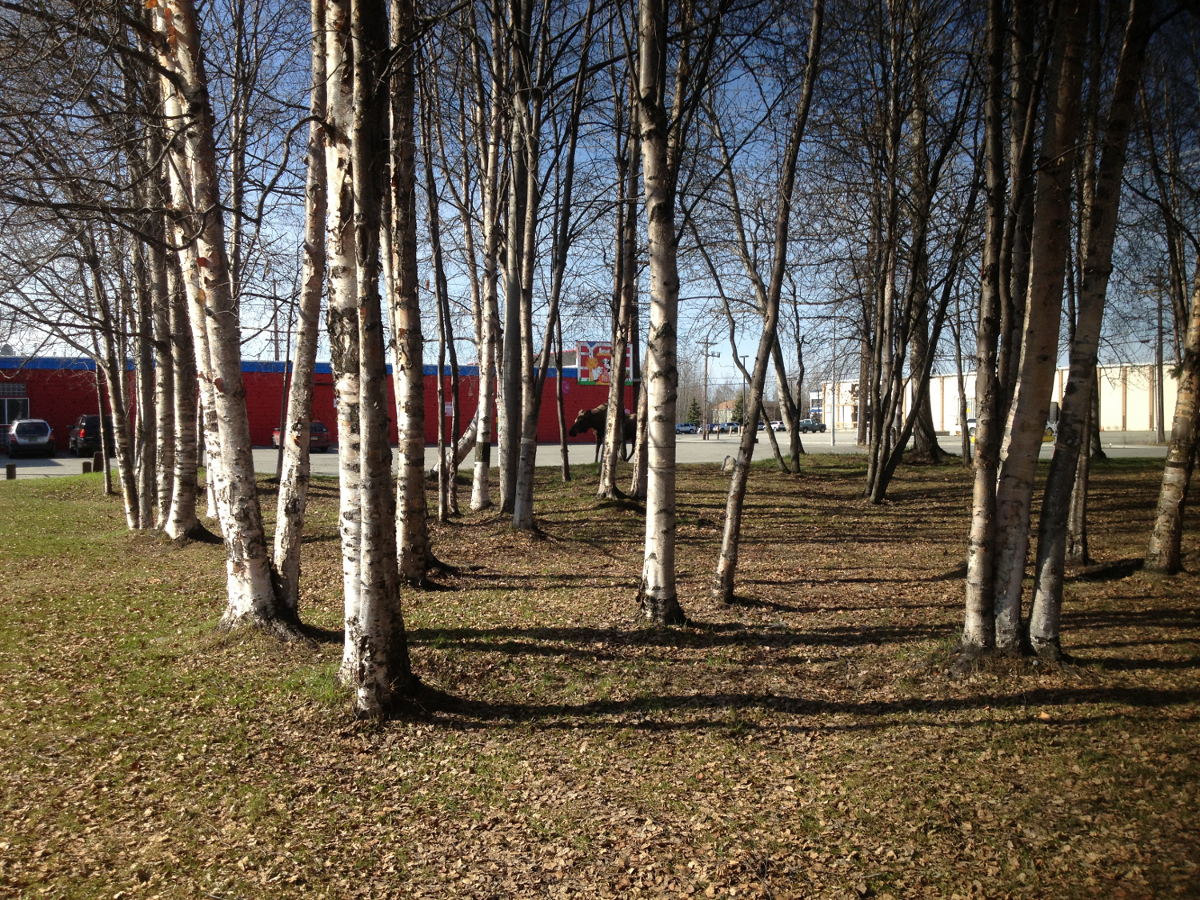
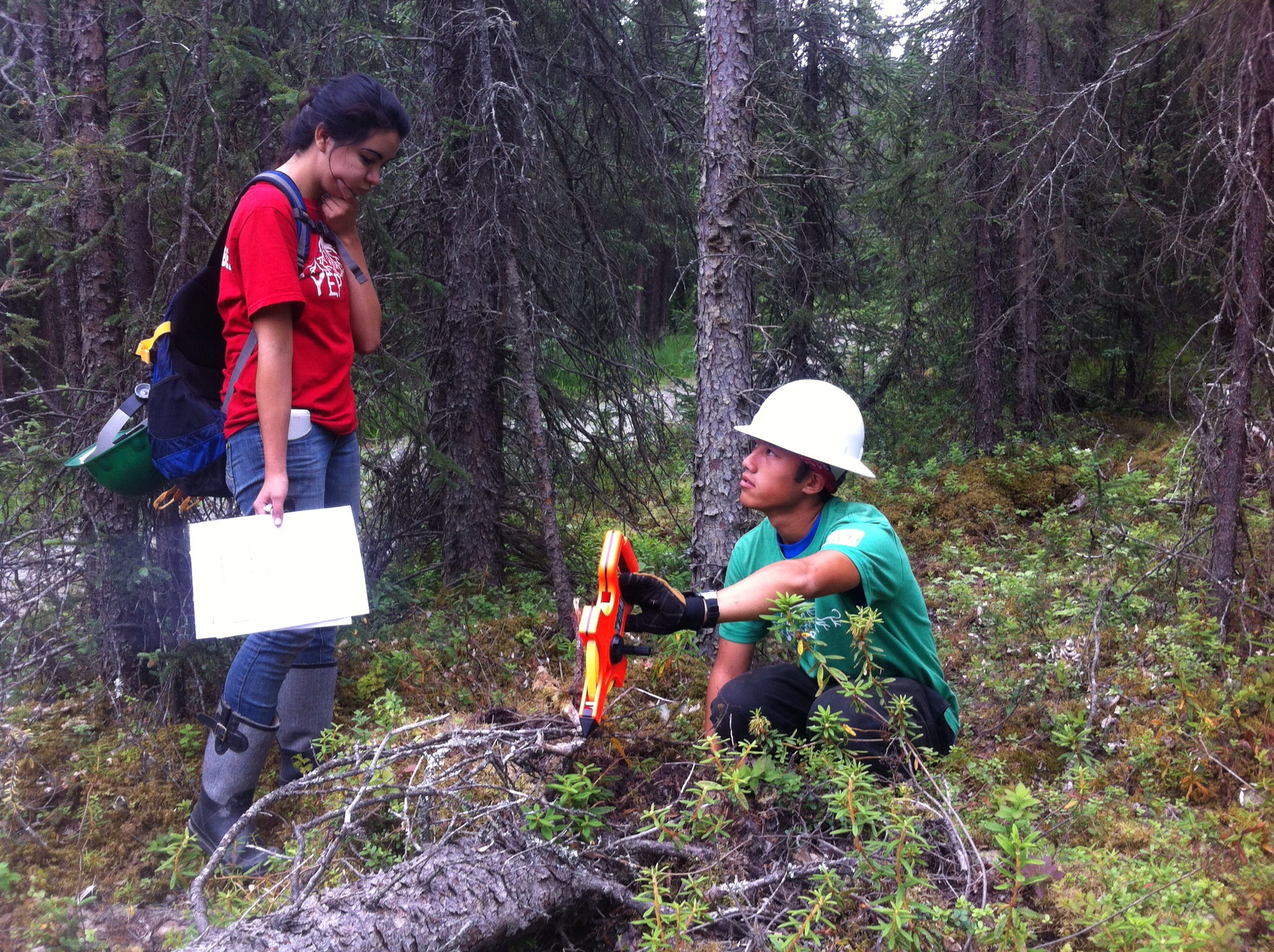




Does Maria happen to be from Michigan?!! Small world if so. I went to school with a Maria and Fred D’Agostino. I enjoyed the article, thanks for caring enough to speak up.
We passed this message on to Maria, and here is her reply:
Good morning,
Although I have family in Michigan, Toronto, and Leominster, MA – where I was born, (and the claim to fame is Johnny Appleseed!) – I do not know Fred and Maria. I have had a few people ask me if I am related to Tom D’Agostino in Wasilla, and I have yet to check it out – maybe he is related to Fred and Maria? I’ll have to ask him…
Ellyn, thanks again for inviting me to do the interview with you, I appreciated the opportunity!
Maria
Wonderful interview Ellyn. Of course Maria’s work in Alaska is a fascinating subject! Is it not human nature to take for granted a beautiful environment in which to live until neglect can no longer be ignored? Thank you both for this glimpse of arboriculture in Alaska!
walt fujii
She was fired from the Municipality of Anchorage…..